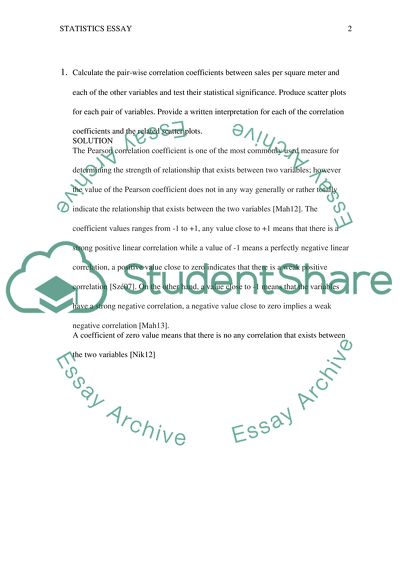Cite this document
(Statistical Dataset Variables Significance Essay Example | Topics and Well Written Essays - 1500 words - 1, n.d.)
Statistical Dataset Variables Significance Essay Example | Topics and Well Written Essays - 1500 words - 1. https://studentshare.org/statistics/1866470-the-dataset-available-on-study-direct-contains-annual-sales-data-and-other-characteristics-of-400-dutch-fashion-stores-in-1990
Statistical Dataset Variables Significance Essay Example | Topics and Well Written Essays - 1500 words - 1. https://studentshare.org/statistics/1866470-the-dataset-available-on-study-direct-contains-annual-sales-data-and-other-characteristics-of-400-dutch-fashion-stores-in-1990
(Statistical Dataset Variables Significance Essay Example | Topics and Well Written Essays - 1500 Words - 1)
Statistical Dataset Variables Significance Essay Example | Topics and Well Written Essays - 1500 Words - 1. https://studentshare.org/statistics/1866470-the-dataset-available-on-study-direct-contains-annual-sales-data-and-other-characteristics-of-400-dutch-fashion-stores-in-1990.
Statistical Dataset Variables Significance Essay Example | Topics and Well Written Essays - 1500 Words - 1. https://studentshare.org/statistics/1866470-the-dataset-available-on-study-direct-contains-annual-sales-data-and-other-characteristics-of-400-dutch-fashion-stores-in-1990.
“Statistical Dataset Variables Significance Essay Example | Topics and Well Written Essays - 1500 Words - 1”. https://studentshare.org/statistics/1866470-the-dataset-available-on-study-direct-contains-annual-sales-data-and-other-characteristics-of-400-dutch-fashion-stores-in-1990.


